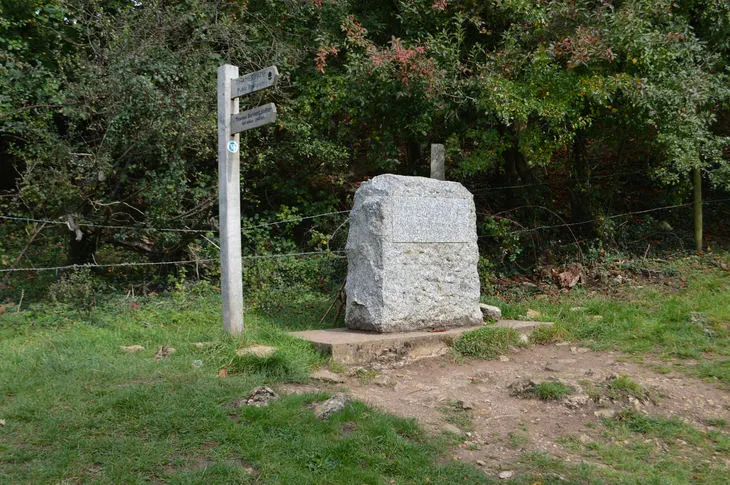Distance: 12.3 miles (19.7 km)
Start: Thames Head, near Kemble, Gloucestershire
End: Cricklade, Wiltshire
Time: 4–6 hours
Difficulty: Moderate
Section Overview
This section of the Thames Path begins at the official source of the River Thames and follows the early course of the river through rural Gloucestershire into Wiltshire. Expect peaceful countryside, quiet villages, and areas of ecological interest. While the river is often dry near the start, the route offers an enjoyable and varied walk.
The trail is suitable for most walkers, with mostly flat paths, a mix of field and gravel tracks, and a few short road sections.
Thames Head
The River Thames officially begins in a field near Kemble, marked by a simple stone and plaque under an ash tree. For much of the year, the spring here is dry and the riverbed remains empty for the first few miles, especially in summer.
The area is quiet and remote, with limited signage. It’s recommended to start at Kemble Station, just over a mile from the source.

Through Villages and Fields
From the source, the route heads east through open farmland and meadows. The path is easy to follow but can be muddy in wet weather.
You’ll pass through a series of small Cotswold villages including Ewen and Ashton Keynes, with classic stone cottages and village pubs. These make good stopping points for food or rest.
Cotswold Water Park
Much of this section passes through the Cotswold Water Park, an area of over 140 lakes created from former gravel pits. Some lakes are used for watersports and angling, while others are managed for conservation.
Birdwatchers may spot species like herons, swans, and terns. Several lakes have viewing areas and walking trails nearby.
North Meadow Nature Reserve
Before reaching Cricklade, the trail skirts North Meadow, a national nature reserve managed using traditional hay-cutting practices. It’s best known for its wildflower displays in spring, especially the rare snakeshead fritillary, which blooms in large numbers in late April.
This is a quiet and protected site, offering a good contrast to the more developed lakes earlier in the walk.
Cricklade
The walk ends in Cricklade, the first town on the Thames. It dates back to Saxon times and has a well-preserved High Street, several pubs, shops, and a small museum. This is also the point where navigation on the river officially begins.
Notable sights include St Sampson’s Church and various listed buildings in the town centre.